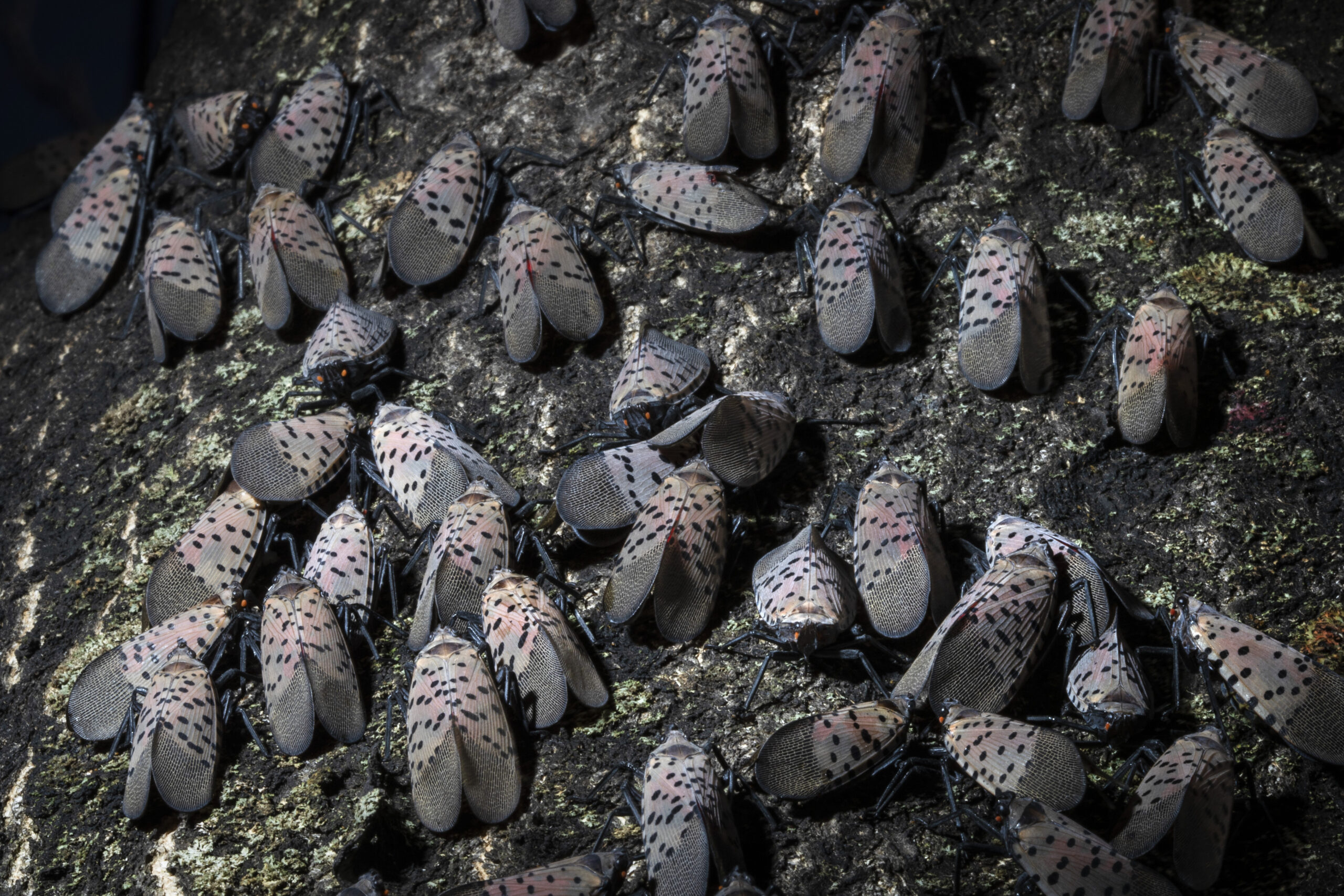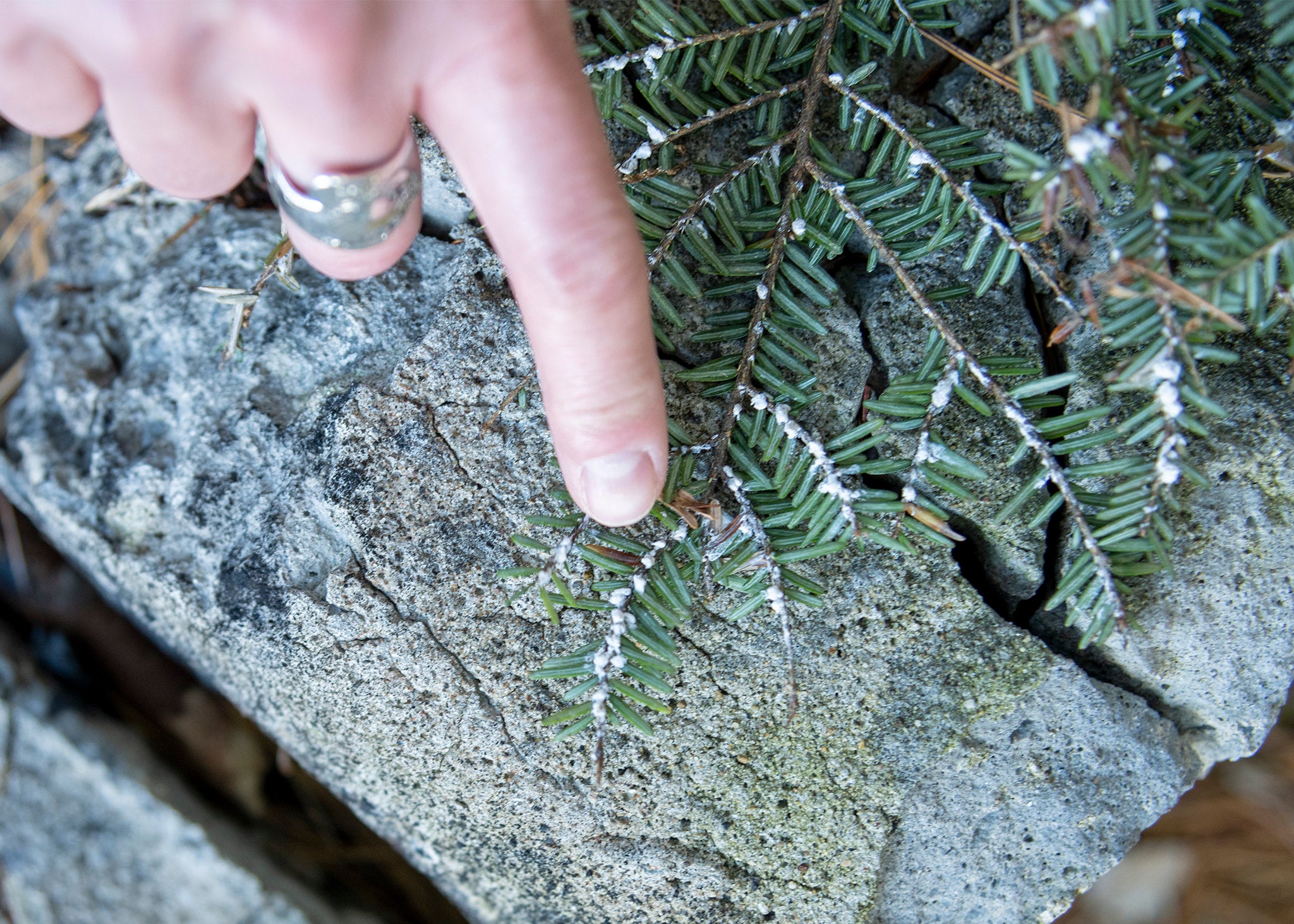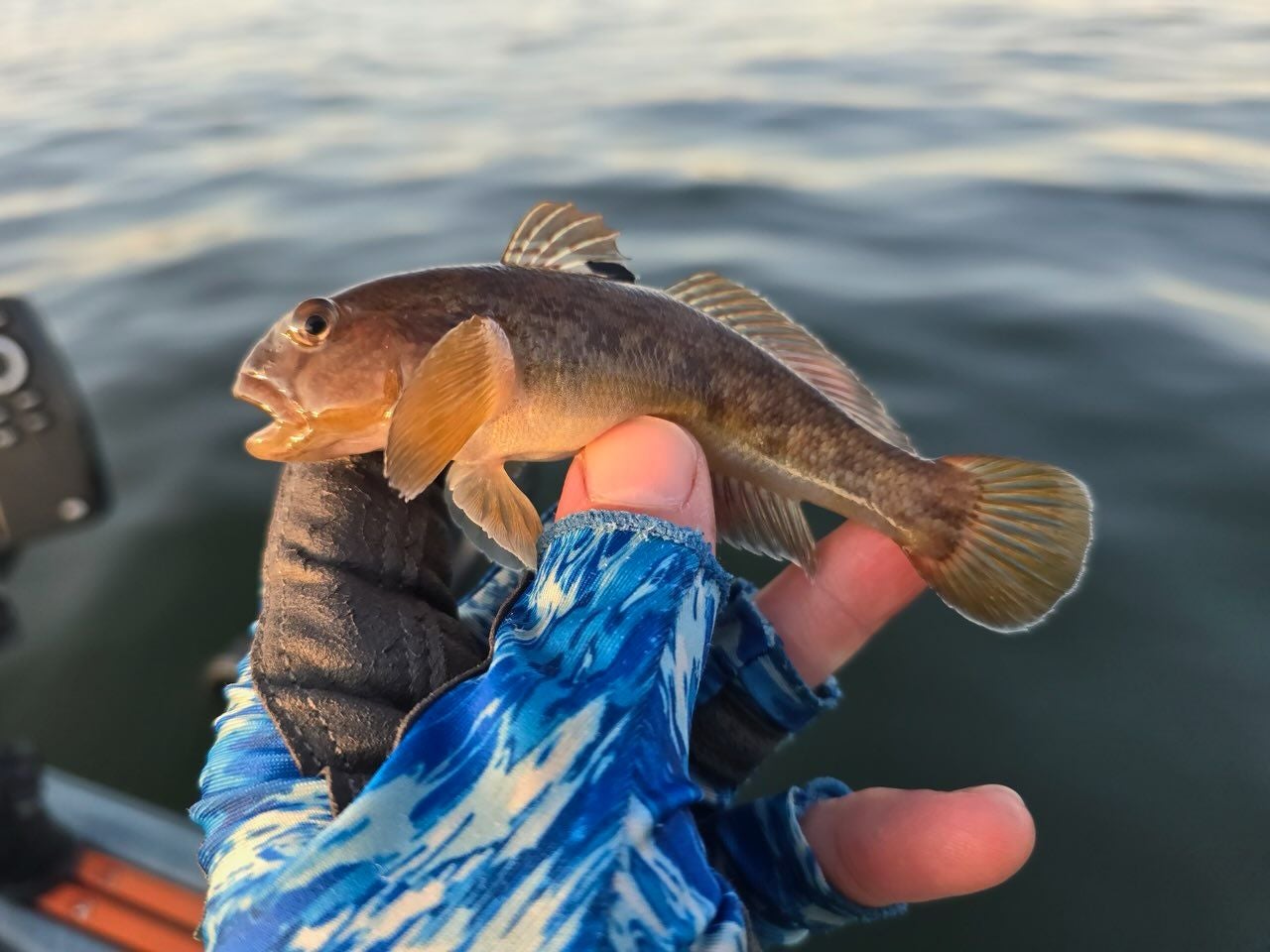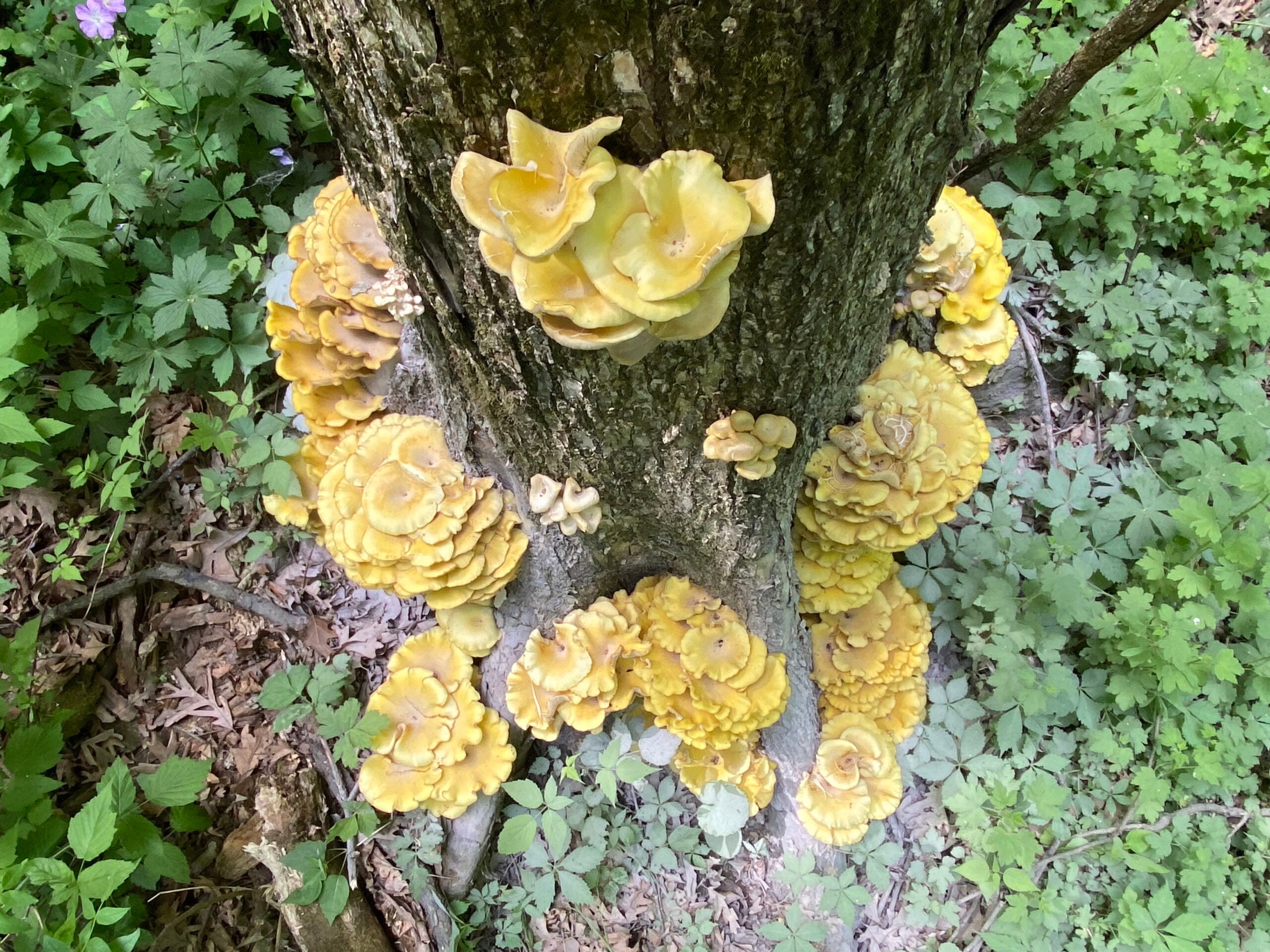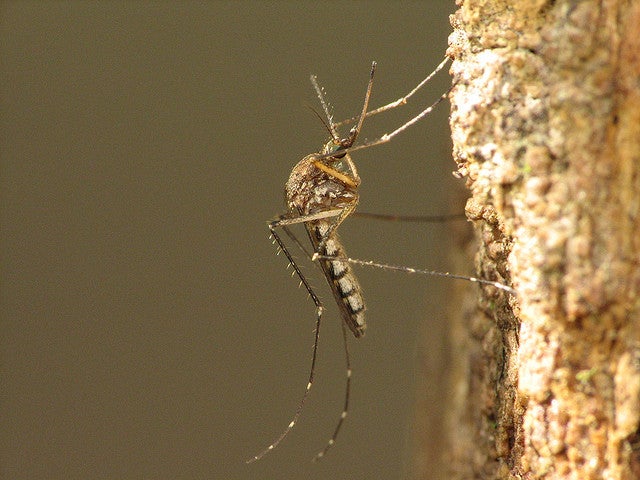The spotted lanternfly is “knocking right at the door” of the Badger State after being detected in Illinois last week.
The invasive species, native to southern Asia, is now in 16 states. First found in North America in Pennsylvania in 2014, it has since spread through the mid-Atlantic to the Midwest. Michigan had its first spotting last year.
Bill McNee, forest health expert with the Department of Natural Resources, said there is no way to predict when the species will arrive in Wisconsin.
News with a little more humanity
WPR’s “Wisconsin Today” newsletter keeps you connected to the state you love without feeling overwhelmed. No paywall. No agenda. No corporate filter.
“Given how easily it’s spread, how quickly it is spread into other states, it’s virtually inevitable that we’re going to get it,” McNee said.
The spotted lanternfly is one of the fastest-moving invasive insects in the U.S. The bug can’t crawl, fly or jump far, but it’s a hitchhiking species — which means the eggs, nymphs and adults can move quickly on vehicles or inventory moved by humans.
The infestation in Chicago was near a rail yard in a city park. Shahla Werner, plant protection section manager at the Department of Agriculture, Trade and Consumer Protection, said the rail yard is ripe with opportunities for insect hitchhikers.
“The concern is that maybe we do have it in Wisconsin already,” Werner said.
Not a threat to humans, but significant agricultural concerns
The spotted lanternfly does not threaten humans or most mature plants. But grapevines and young plants are vulnerable. The insect sucks on sap which reduces a plant’s ability to photosynthesize.
PJ Liesch is the director of the Insect Diagnostics Lab at UW-Madison. He said the insects leave behind a sticky sap material that can lead to the growth of bacteria and fungi.
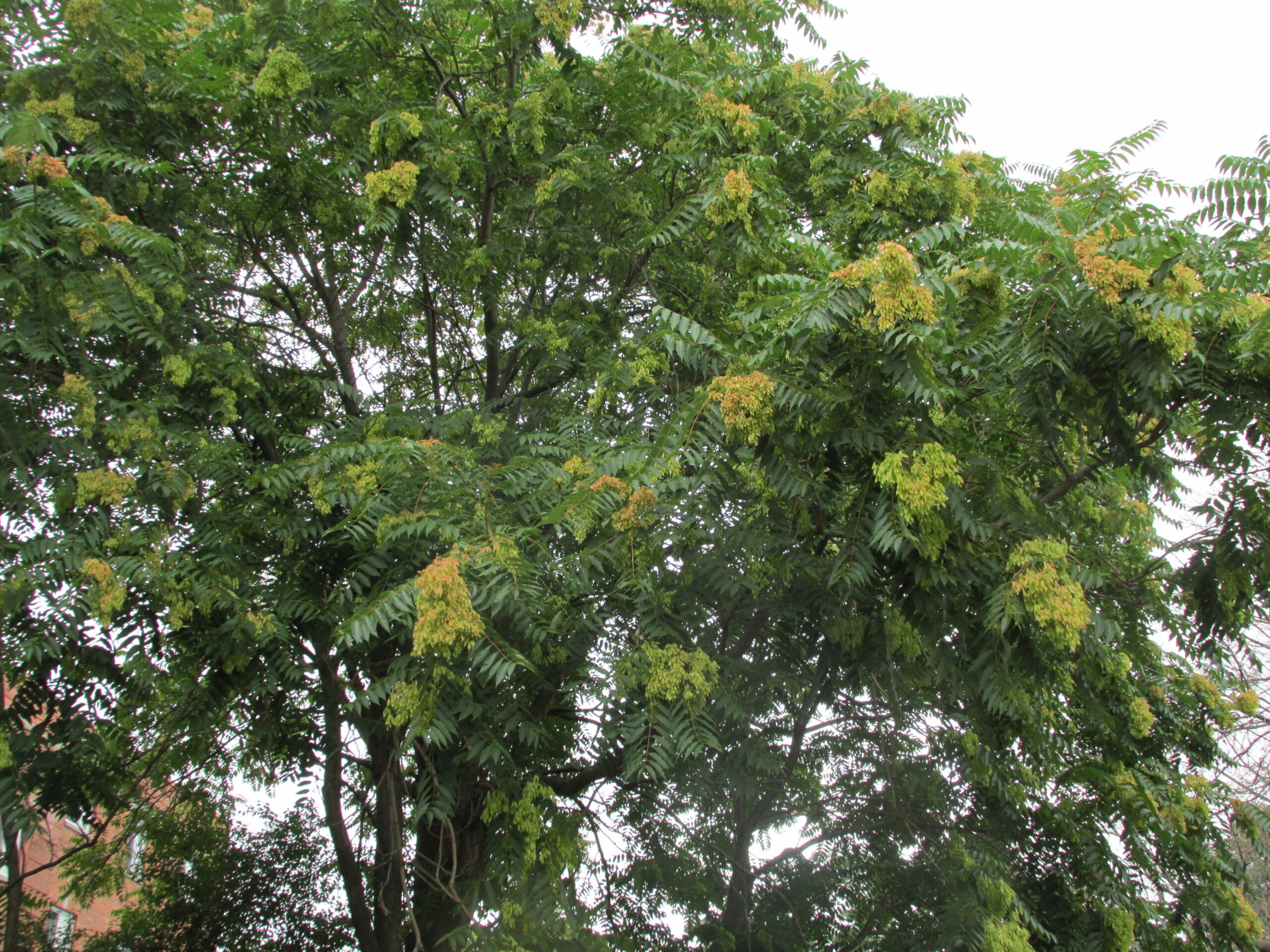
“There are some pretty significant agricultural concerns for things like grapes, hops and fruit trees. … But on most other plants, it’s probably not going to kill them, but it can be a significant nuisance issue,” Liesch said.
The insect is attracted to another invasive species — the tree of heaven. Werner said there are two ways to use the tree. One strategy is to lure the insects to the tree and use insecticide to eradicate them.
“In other states, they’ve also started trying to control tree of heaven because that’s really its number one preferred host and so that can be sort of killing two birds with one stone,” Werner said.
‘Like having a kid in a candy shop unsupervised’
Liesch said invasive species are problematic because they can set ecosystems off-kilter. Typical predators or specific parasites that usually keep the species in check aren’t present, leading to artificially elevated populations.
“It’s almost like having a kid in a candy shop unsupervised and giving them some espresso,” Liesch said.
The bottom third of the state would be a suitable place for spotted lanternflies to thrive. The tree of heaven grows in Kenosha, Racine, Milwaukee and Dane County. These areas have warmer temperatures, ideal for the insect to mature and reproduce.
The immediate forecast shows high temperatures that worry Werner. She said conditions below 50 degrees are not conducive for adult lanternflies.
“The low temperatures aren’t expected to get anywhere near frost or freezing. And from the standpoint of controlling the spotted lanternfly, that’s not great,” Werner said.
McNee said it’s too soon to attribute the spread of this invasive species to climate change. But if winters are milder and the growing season is longer, it could favor spotted lanternflies.
“There is a potential for this insect to complete its lifecycle in higher proportions and survive in places say that it wouldn’t have 50 or 60 years ago,” McNee said.
A spotted lanternfly was detected in Tennessee just a few days after the Illinois detection. McNee called the spread to two new states in such a short time frame “discouraging.”
Best chance of control is early detection
McNee, Werner and Liesch all said it’s only a matter of time before live spotted lanternflies are detected in the state. When it does come, Werner said the Department of Agriculture, Trade and Consumer Protection will be ready.
For the last five years, they have been setting traps, inspecting likely habitats and renting space on billboards along highways to boost public awareness.
Werner estimates there were 10 verified sightings of the species in Wisconsin in the last four years. In every case, the insect was dead upon inspection.
“We feel like we’ve gotten lucky so far and we are hoping for one more season of luckiness,” Werner said.
Werner encourages to report sightings of the spotted lanternfly to the Department of Agriculture, Trade and Consumer Protection.
“Our best shot at controlling any invasive is early detection and rapid response,” Werner said.
Wisconsin Public Radio, © Copyright 2025, Board of Regents of the University of Wisconsin System and Wisconsin Educational Communications Board.

